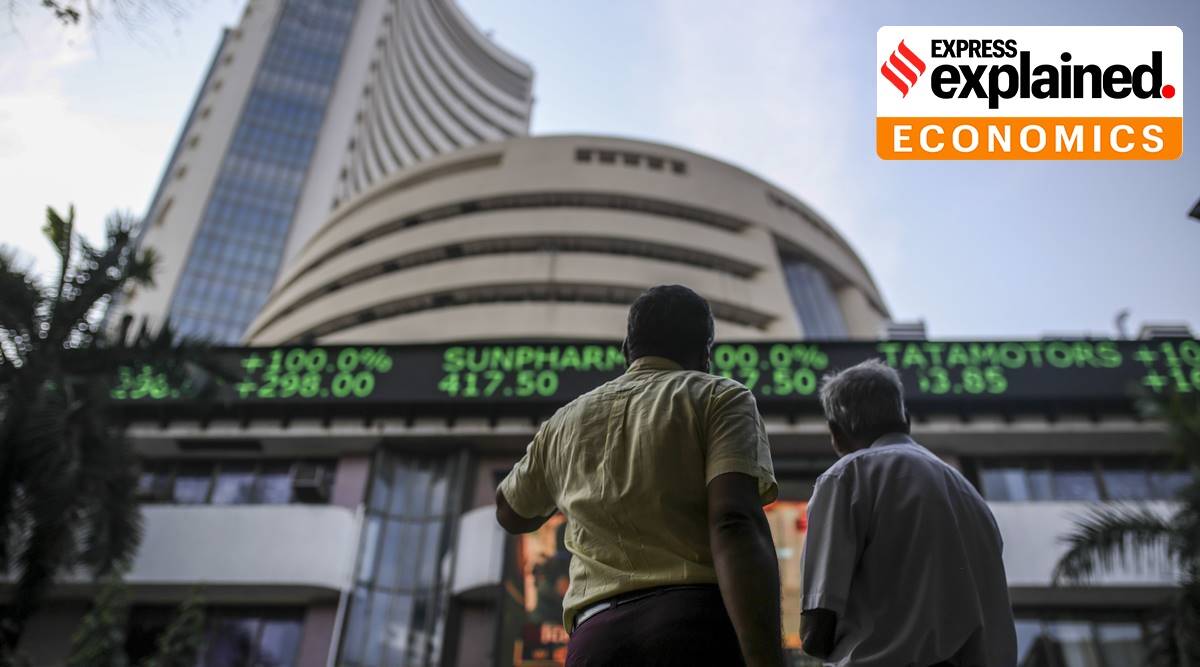While the Reserve Bank of India (RBI) in November 2021 allowed retail investors to participate in the government securities market – both primary and secondary – retail investors have not shown enthusiasm.
Should retail investors consider investing in government-backed securities?
Why are retail investors shying away?
On November 12, 2021, Prime Minister Narendra Modi launched the RBI Retail Direct (RBI-RD), a one-stop solution to facilitate investment in government securities by individual investors. The total number of registrations in the retail direct scheme since its inception stands at 99,371 as on May 22, 2023.
The number of accounts opened so far are 84,158. On average, retail subscriptions to government securities in every G-sec auction held over the past few months have been around Rs 42 crore.Total cumulative primary market subscriptions stood at just Rs 2,112.83 crore as on May 22, when the last G-sec auction was held. The total traded volume on a cumulative basis in the secondary market was Rs 351.58 crore.
“Though the RBI has developed a platform, a layman finds it complicated to invest in government bonds. They need some guidance, maybe through intermediaries, for investing in government bonds,” said Marzban Irani, Chief Investment Officer (Fixed Income), LIC Mutual Fund.
Bankers said retail investors are not enthusiastic as the G-sec market lacks liquidity. “After being allotted government securities in the primary auction, a retail investor might not always get a buyer in the secondary market at a level they want to sell and so, they are stuck. When you need money, you may not be able to get it immediately,” said a banker.
Experts believe that the scheme can pick up if the government gives retail investors some tax sops or if the investment process in G-secs is simplified like for fixed deposits.
The RBI Retail Direct platform is beneficial for an informed investor who understands the government securities market, but for an uninformed participant, investment in G-secs is advisable only through mutual funds.
Why are yields on government securities falling?
The yield on the 10-year government security, which was trading at 7.4% in early March 2023, fell to 7.3% after the government on March 24 announced changes in the taxation of debt mutual funds. The benefit of indexation in the calculation of long-term capital gains on debt mutual funds was removed. The 10-year G-sec yield eased to 7.2 % following the RBI’s surprise move to keep the repo rate unchanged at 6.5 % in its April 6 monetary policy. Currently, the 10-year G-sec yield is trading at around 6.96-6.99 %.
The yield on 5-year G-sec has fallen from 7.4 % to 6.93 %, and on one-year government bonds from 7.23 % to 6.79 %.
Besides, the fall in inflation has also pushed the yield downwards. “The yields on sovereign papers have eased as there is an expectation the RBI may go for a longer pause after April inflation fell to 4.7 %. The 10-year G-sec yield may further ease to 6.5 %,” said a banker.
Is it the best time for retail investors to go for G-secs?
Experts say that the yield on 10-year G-sec at 6.96-6.99% is a good proposition for retail investors if they want to wait till maturity. “Earlier, the yield on 10-year paper was at 7.5 %, which was very attractive for investment. You are now getting a sovereign asset at 7 %, which is still a good rate for retail investors to invest,” Irani said.
He, however, said investors should prefer investing in longer papers, having maturities of 20 or 30 years.
Apart from government bonds, he said, investors can also invest in state development loans (SDLs) through mutual fund schemes.
What are the other investment options?
“The broad advice right now is to lock into these (G-sec) rates since they are not likely to climb too much hereon,” BankBazaar’s CEO Adhil Shetty said.
One can also look at fixed deposits (FDs), where banks have started raising interest rates following the 250 basis points rise in the repo rate since May 2022.
SBI, the country’s largest lender, has been offering an interest rate of 6.8% to 7% for deposits less than Rs 2 crore and maturing between one year to less than three years. For longer-term deposits — three years and up to 10 years — SBI has been offering an interest rate of 6.5%. Senior citizens can get an additional interest rate of 0.5% on these tenors.
Similarly, private sector lender HDFC Bank has been offering interest rates of 6.6% to 7.1% on deposits maturing between one year and up to 18 months. From 18 months to up to 10 years, the bank is offering 7%. Senior citizens will get 50 basis points higher interest rates.
“If you’re going for an FD, pretty much every bank now offers 7.5 % on select tenors to senior citizens. Some banks are offering these rates for 5-10 years as well. It makes sense to lock into those tenors even for an FD, which is typically treated as a short-term instrument. In a high-rate scenario such as this, the FD can also be a long-term income generator,” Shetty said.
He said one can watch out for new bonds and NCDs being launched. AAA-rated issues in particular should be interesting. “Lastly, there’s always the option of turning to the humble post office. The 5-year deposit is being offered at 7.5%, which most large banks don’t match at this moment,” he said.
For more information call us at 9891563359.
We are a group of best insurance advisors in Delhi. We are experts in LIC and have received number of awards.
If you are near Delhi or Rohini or Pitampura Contact Us Here

